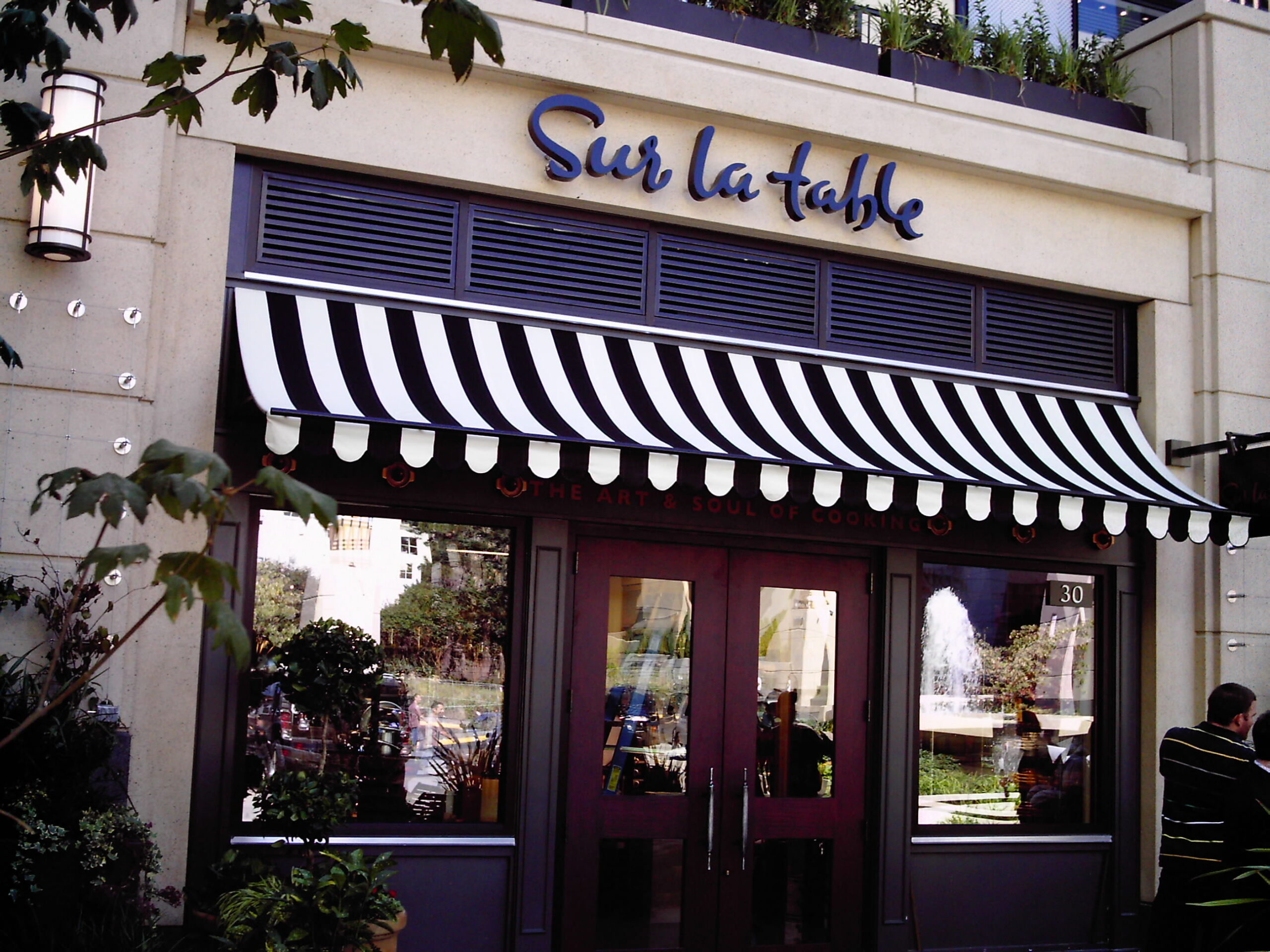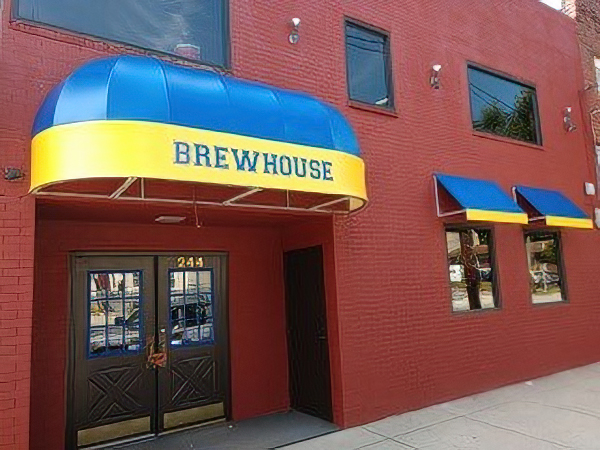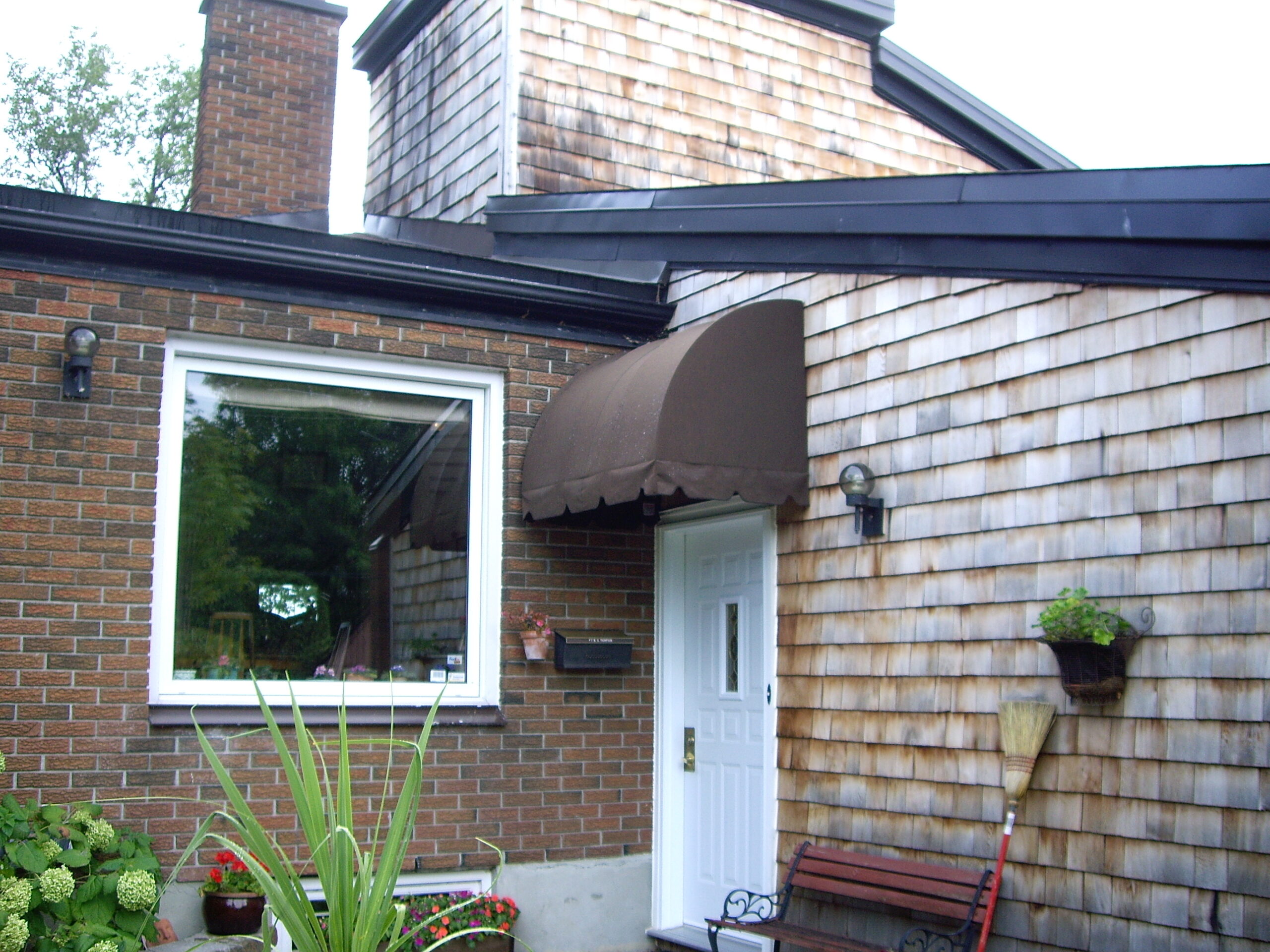Introduction
Awning Care
Fabric awnings can provide years of enjoyment with the proper care and maintenance. Follow these simple steps:
1. Before cleaning any awning fabric, consult the fabric manufacturer for proper cleaning instructions.
2. Brush off all debris.
3. Clean from the bottom and work up.
4. Gently scrub the awning and valance with a soft-bristled brush and a mild soap such as dishwashing liquid.
5. Wash all parts of the awning. Missed spots show when dry.
6. Thoroughly and completely rinse the awning. The film left on the material will leave marks and a chalky residue.
7. About once a month rinse your awning down with a garden hose and keep the underside clean by simply brushing with a clean household broom.
8. Keep shrubbery and vines trimmed away from your awning, they contain acid that can damage fabric. In addition, check awning frames for rust. Though rust is not likely, it can cause deterioration of the frame and lead to fabric stains.
Or have your awning cleaned by a professional.
Regular maintenance generally means a once-a-year cleaning, with additional care if stains or soilage appears.
Your professional awning supplier will be able to recommend awning cleaners in your area. This site also has a limited number of professional cleaners in its database.
A regular cleaning schedule starts the first year in which the awning is in service. Your awning professional can help by offering a regular maintenance contract. Also, remember that your awning is an exterior product. In the same way you wouldn’t leave your automobile outside without washing it for very long, you’ll also need to clean your fabric awning to preserve and extend its good looks and service life.
 TEXTILES.ORG
TEXTILES.ORG 









